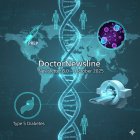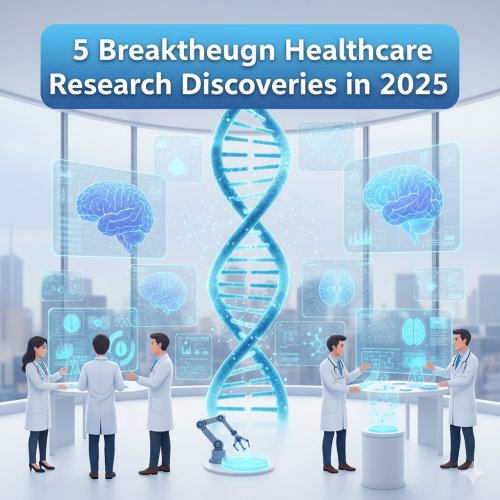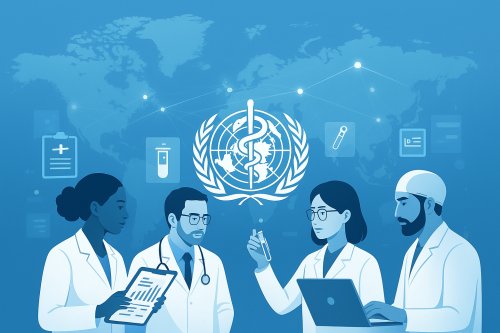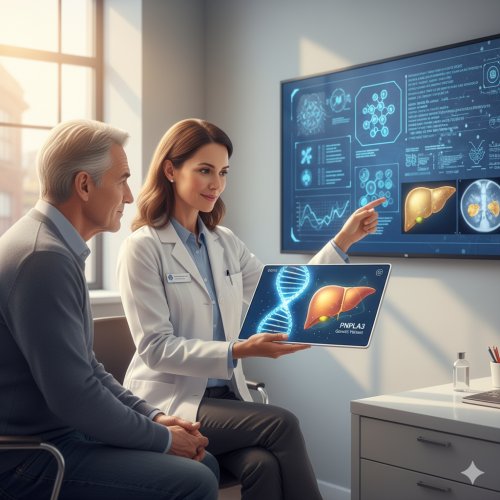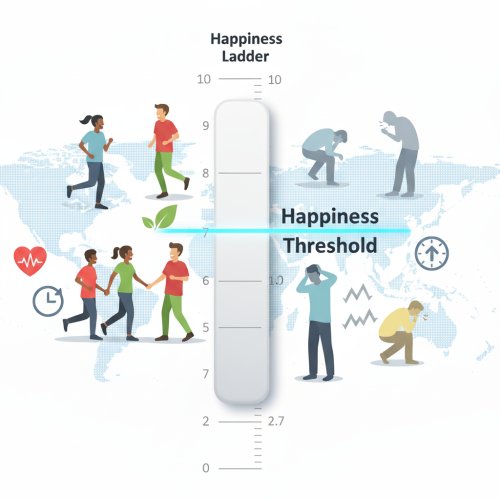WHO Takes Action: New Global Guidelines in Development to Combat HTLV-1 Infection
The World Health Organization (WHO) has announced the formation of a Guideline Development Group to create evidence-based recommendations on Human T-cell lymphotropic virus-1 (HTLV-1) testing and prevention — marking a major step in tackling this neglected infection.
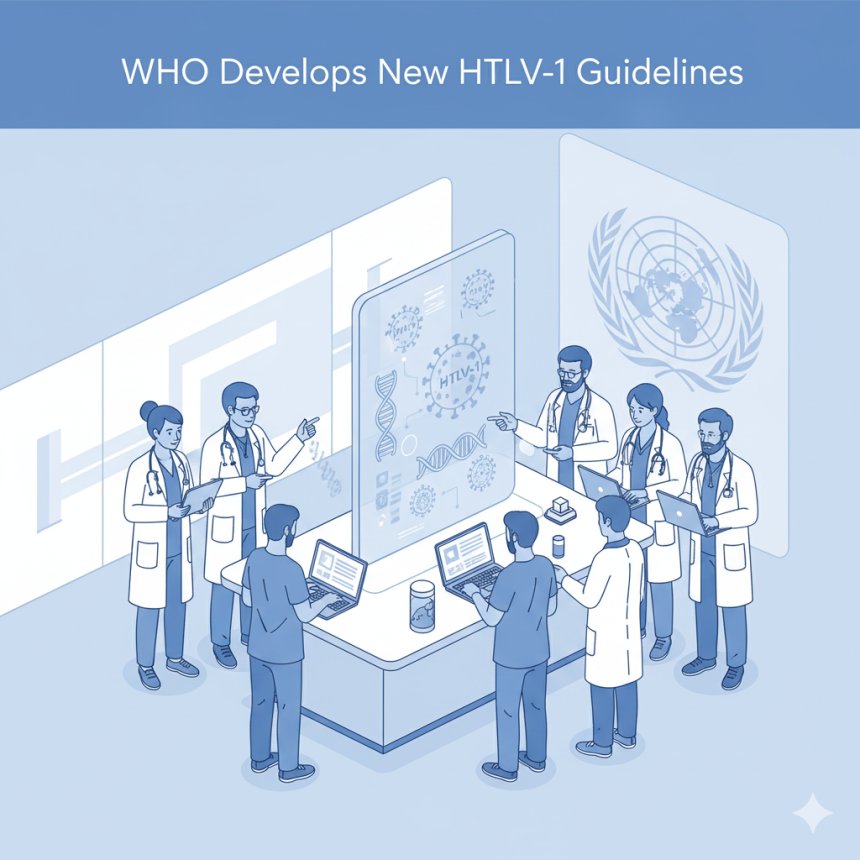
WHO Moves to Strengthen Global Response Against HTLV-1
The World Health Organization (WHO) has announced the formation of a Guideline Development Group (GDG) to create new, evidence-based recommendations on Human T-cell lymphotropic virus type 1 (HTLV-1) — a long-neglected infectious disease affecting millions worldwide.
HTLV-1, the first human retrovirus discovered in 1977, continues to be a global health concern. It affects an estimated 5–10 million people globally, primarily in western and central Africa, Latin America, and the Western Pacific Region. Despite its prevalence, public health measures have remained limited in many regions.
A Silent but Serious Threat
HTLV-1 is a sexually transmitted infection (STI) that can lead to severe conditions such as:
-
Adult T-cell leukemia/lymphoma (ATL) – an aggressive malignancy of the blood and immune system
-
HTLV-1-associated myelopathy/tropical spastic paraparesis (HAM/TSP) – a progressive neurological disease that can cause paralysis
While several high-income countries screen blood donations for HTLV-1, many others have yet to adopt robust testing or prevention strategies. This imbalance underscores the urgent need for coordinated, global action.
Developing the First Comprehensive Global Guidelines
This initiative marks the first WHO guideline that consolidates current evidence and best practices for HTLV-1 testing and prevention. The guideline will inform policymakers and health systems on:
-
Who should be tested
-
How to conduct testing effectively
-
Resource allocation and cost considerations
-
Broad public health prevention strategies
The Pan American Health Organization (PAHO) is partnering closely with WHO on this effort, aiming to foster a global framework for controlling HTLV-1 transmission and improving awareness.
Inclusive and Transparent Process
The Guideline Development Group is composed of experts from all WHO regions — including clinicians, researchers, program managers, and representatives from affected communities. Members contribute in their individual capacities, ensuring diverse perspectives and equitable input.
The GDG’s first virtual meeting will take place on 8–9 December 2025, focusing on establishing testing priorities and actionable recommendations for countries worldwide.
Public Engagement Encouraged
In line with WHO’s commitment to transparency, the organization is inviting public comments on the biographies of GDG members. Interested individuals or organizations can submit feedback via email at hiv-aids@who.int by 24 October 2025.
This participatory approach ensures that the new guidelines reflect community needs, scientific evidence, and practical realities across regions.
A Step Toward Global Health Equity
The development of HTLV-1 guidelines represents a milestone in global infectious disease control. By establishing clear recommendations and engaging global stakeholders, WHO is working toward reducing the disease burden and preventing future infections — especially in underserved regions.
As the world prepares for the GDG’s recommendations later this year, the initiative underscores WHO’s ongoing mission: to strengthen public health systems, promote equity, and leave no infection overlooked.
Reference:
World Health Organization (2025, October 9). WHO announces the development of new recommendations on HTLV-1. Retrieved from https://www.who.int/news/item/09-10-2025-who-announces-development-of-new-recommendations-on-htlv-1






